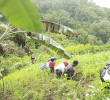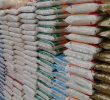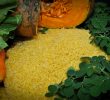
Kape Maramag is a product of agrarian reform beneficiaries in Bukidnon. In this photo, a farmer is harvesting beans from coffee trees that grow so low. (DTI 10 file photo)
BUKIDNON, Philippines – At the sight of the bountiful green coffee berries, the visitors from the north who were mostly coffee growers could not believe their eyes. They could not seem to grasp how coffee trees grow so low and yet bear so much fruit.
What they saw was the coffee farm of Kagawad Cornelio Iraya in Barangay Bagong Silang in Maramag, this province. It’s located at the foot of Kalatungan Mountain Range that is sitting 1,200 feet above sea level. Iraya, who is also a member of Kape Maramag, related that his coffee Robusta are mostly 35 to 40 years old, yet still bear bountiful yield.
The visitors who were mostly coffee growers from as far as the Mountain Province, Benguet, Ifugao, T’boli, Quezon City, Davao City and General Santos City, were part of the learning exchange sponsored by the Peace and Equity Foundation (PEF) in October. Earlier on, they attended the Coffee Summit held in Davao City.
As Kagawad Iraya explained in his broken Filipino the processes that produced the three to four foot coffee “hills” sprawled all over his 12-hectare plantation, all the guests listened intently. The gathering of fog that lent a colder atmosphere in the surroundings was not even noticed by the participants who were as focused as their hosts who seemed animated in his explanation.
Totally amazed at the scene of bountiful yield surrounding him, Arnold Melicor, a coffee farmer from Hinlu Coffee in Ifugao wanted to learn the farm technique being applied by Kagawad Iraya. His companion Roland agreed and said the problem of coffee growing in their area is that their location is “prone to typhoon” and what he saw gave him hope that shorter coffee hills is the solution to their problems.
He was also grateful to the PEF for the opportunity that brought him to Maramag and saw for himself how coffee farmers managed their farms in this region.
The product of long years of experimentation in his farm, Iraya explained to his visitors that what they saw were results of painstaking work in his coffee farm, including ridicules and mockery he earned from other people who did not believe in what he was doing at the outset.
Some people who saw him cutting his young coffee plants would mock him saying “poor coffee, so young still but you already cut them!” They would say so in laughter. But after a while, the same people were astounded when they saw that the same coffee plant bore the equivalent of three kilos of green coffee beans.
This technique has been adopted by the rest of the members of Kape Maramag who are mostly enjoying the support of their organization under the Rural Improvement Club Federation of Maramag (RICFM).
However, it took some time before the farmers in this region have reclaimed their love for producing coffee.
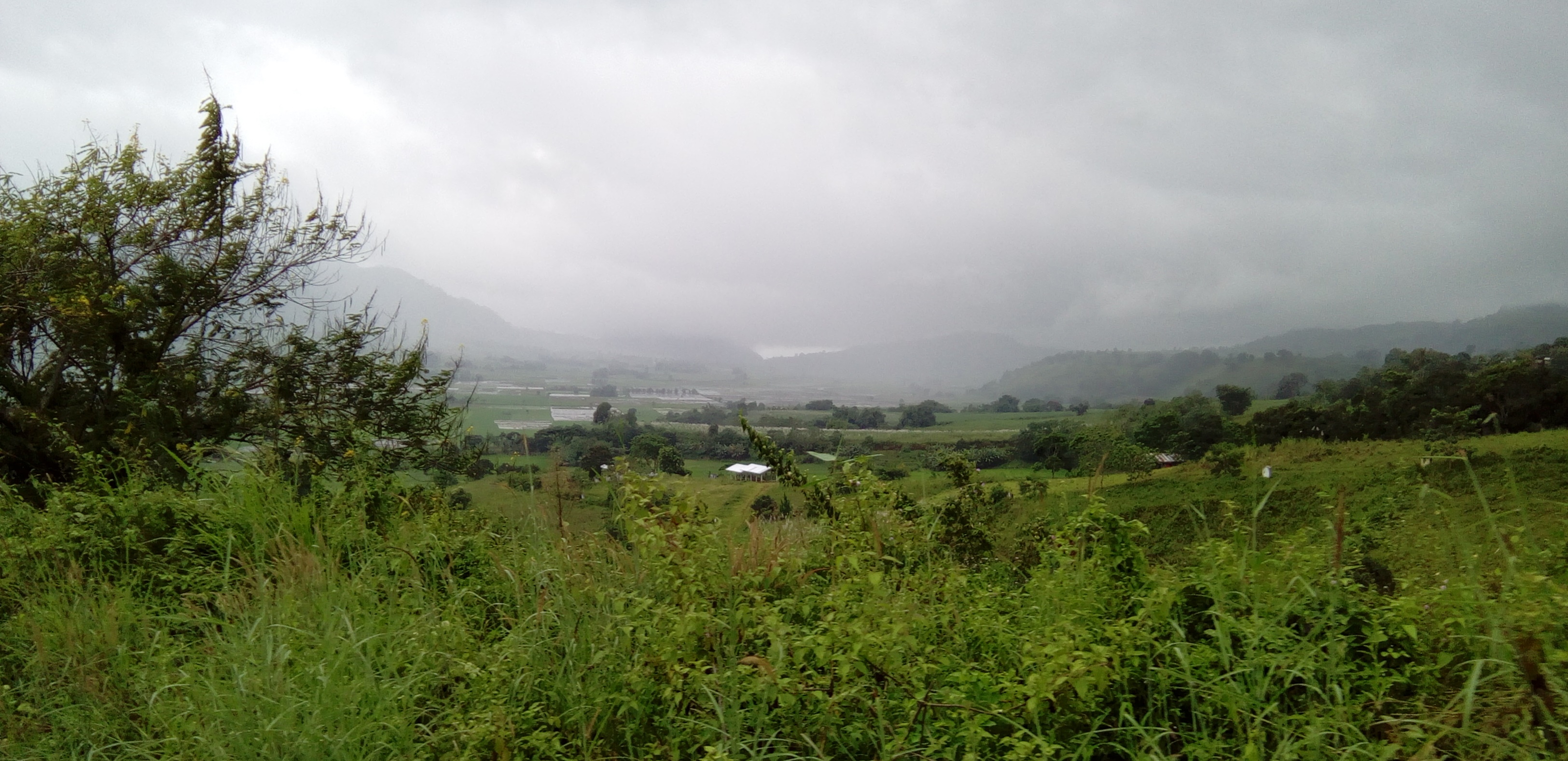
The inviting hills of Barangay Bagong Silang of Maramag lay at the foot of Mt. Kalatungan. (Fides Avellanosa / davaotoday.com)
Coming back with ‘vengeance’
Few years back, the coffee industry in Maramag was almost dying after coffee farmers could not even sell their produce to local traders. Lilibeth Galendez, the energetic vice president of Kape Maramag who took some visitors to see how they grew and processed their coffee Robusta and Arabica, related that they were almost giving up, and then their coffee farms were given a perk.
In 2012, the Department of Agriculture-High Value Crops Development Program (DA-HVCDP), decided to establish a coffee roasting facility in the municipality through the Rural Improvement Club (RIC) Federation of Maramag, the mother organization of Kape Maramag, as part of its initiative in reviving the coffee industry in the region.
The facility contained a coffee roasting system, commercial grade coffee grinder, foot sealer, cutter, weighing scale and foil for packaging, which was granted by the DA-HVCDP in collaboration with Kaanib Foundation.
Initially, the Federation was composed of 1,050 members most of whom have been engaged into coffee farming and production of other agricultural crops from the 20 barangays in the municipality.
Galendez and other officers of the federation also went through a “training of trainers” on coffee production initiated by the Agricultural Training Institute (ATI) and even became one of the Philippine delegates to the Association of South East Asian Nations (ASEAN) training course on intensive cultivation technique of coffee held in Thu Dau Mot City, Binh Duong, Vietnam in 2013.
Thus, with the brand name “Kape Maramag”, the federation started their business operations on coffee roasting, grinding and brewing in April 2012 with only a hundred kilograms of coffee beans, said Galendez.
A year later, the facility had already processed a total of 1,271.10 kilograms of coffee beans.
With only a starting capital of P11,500, she said Kape Maramag had grossed a total of P297,039.90 in the same year. It was said that the coffee blends they were producing sold at P350 per kilogram, while its 250, 100 and 50-gram packs have been sold at P125, P55 and P27, respectively up until at present.
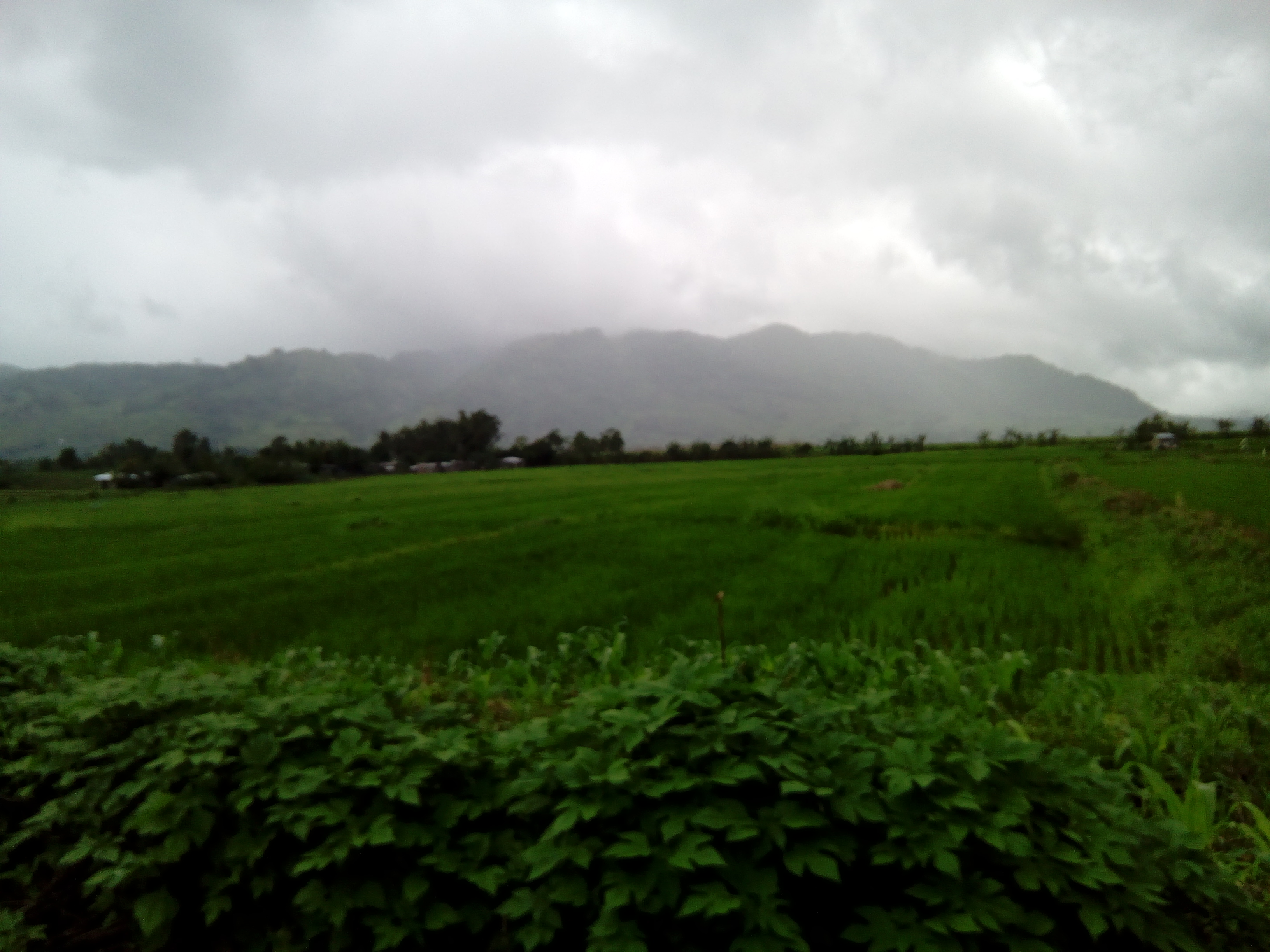
Fields of green is evidence of fertile soil in Maramag. (Fides Avellanosa / davaotoday.com)
Pruning and coffee rejuvenation
The technique adopted by Iraya and the rest of the 300 members of Kape Maramag in sustainable farming practice is not a new one but is actually being practiced in other regions and countries, though it was only in recent years that the coffee growers in Maramag have started doing it.
Moreover, an extensive study showed that rejuvenated 40-year-old Robusta trees can still give, in less than two years, yield comparable to the newly established coffee plantation. A hectare of old, tall trees gives a yield of 0.3-1.5 t green beans per year, while a hectare of rejuvenated coffee plantation gives a yield of 1-3 t green beans per year.
This is what the coffee growers from the north have learned from their exposure among coffee growers in Kape Maramag. In essence, it has also achieved for PEF, in its learning events the ultimate aim of this activity of “bringing opportunities for collaboration across the value chain of C4 agri-enterprises.”
Towards the day’s end, participants to the learning event have surfaced and shared what they thought about the exercise and the brief experience with Kape Maramag farmers. Some of them also shared their own experiences with pruning and rejuvenation like the one shared by Jennifer Rimando of Aguid, Sagada, Mt. Province who said that the learning event have opened windows of possibilities for participants who wanted to know about other practices in sustainable coffee farming.
Thus, even when heavy downpour have ended the learning session, most of the participants were in high spirits and undaunted, refusing to let the weather dampen the contentment they felt as they left Maramag and headed towards Davao City. (davaotoday.com)
bukidnon, kape maramag, peace and equity foundation

